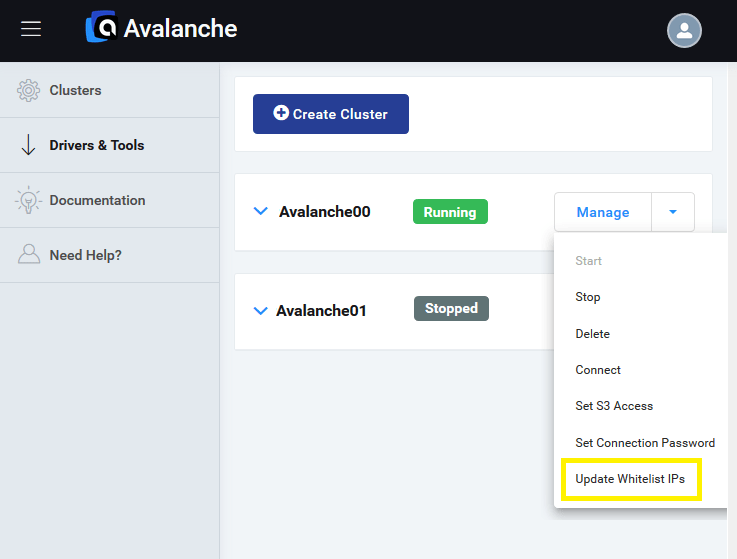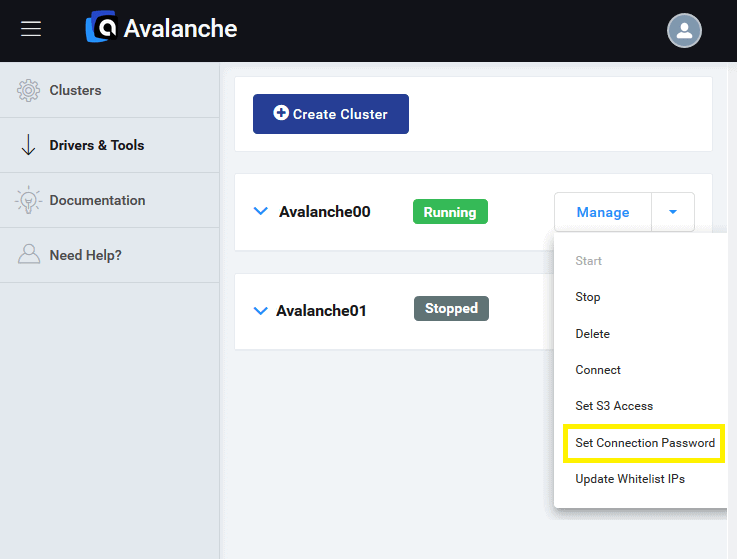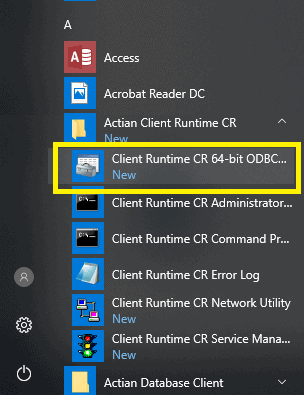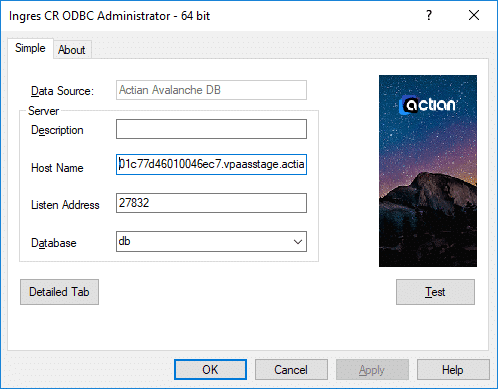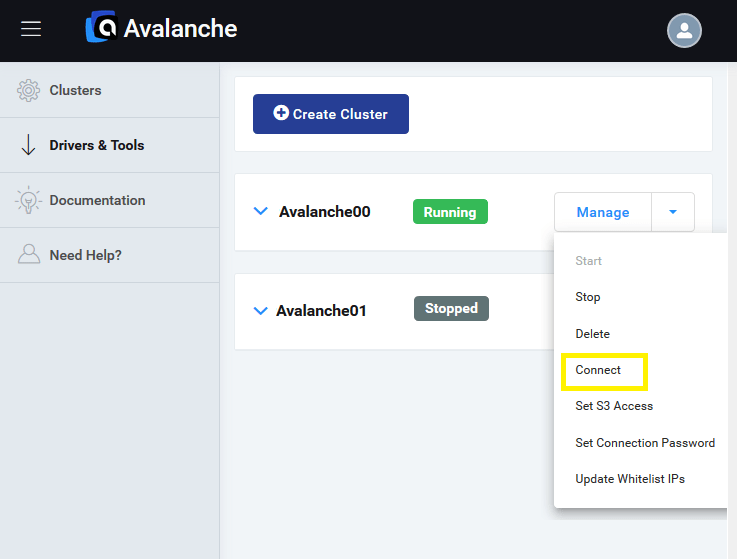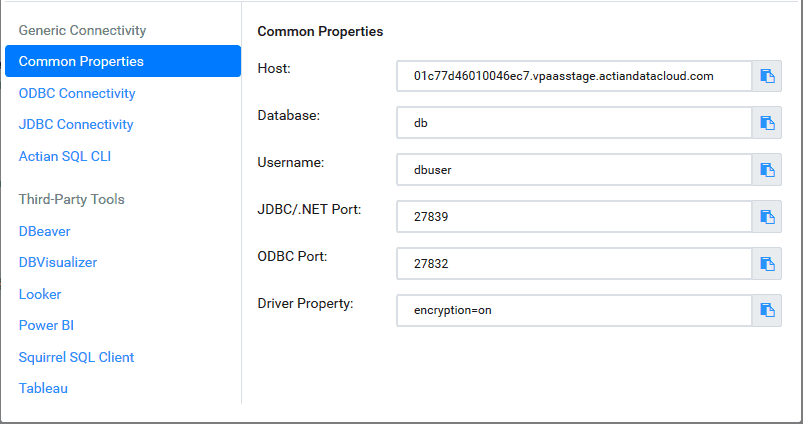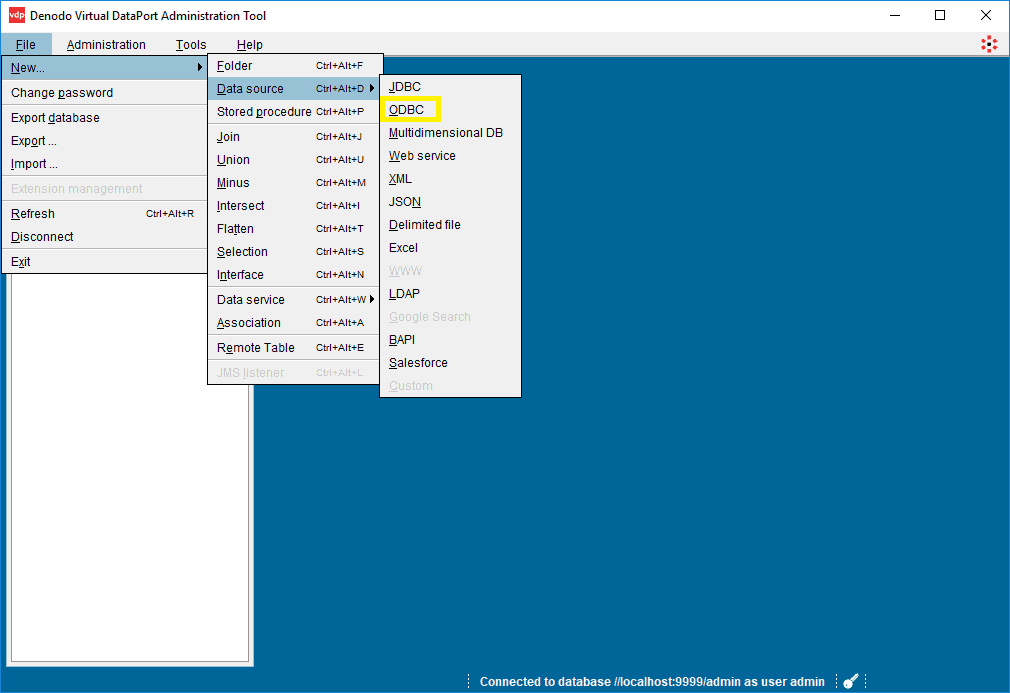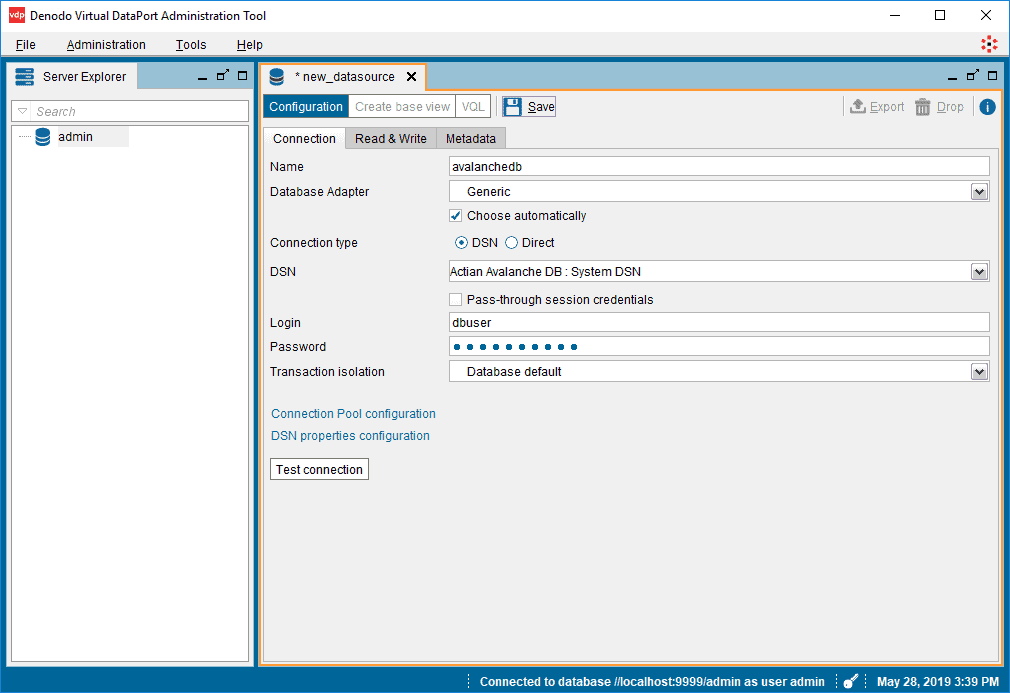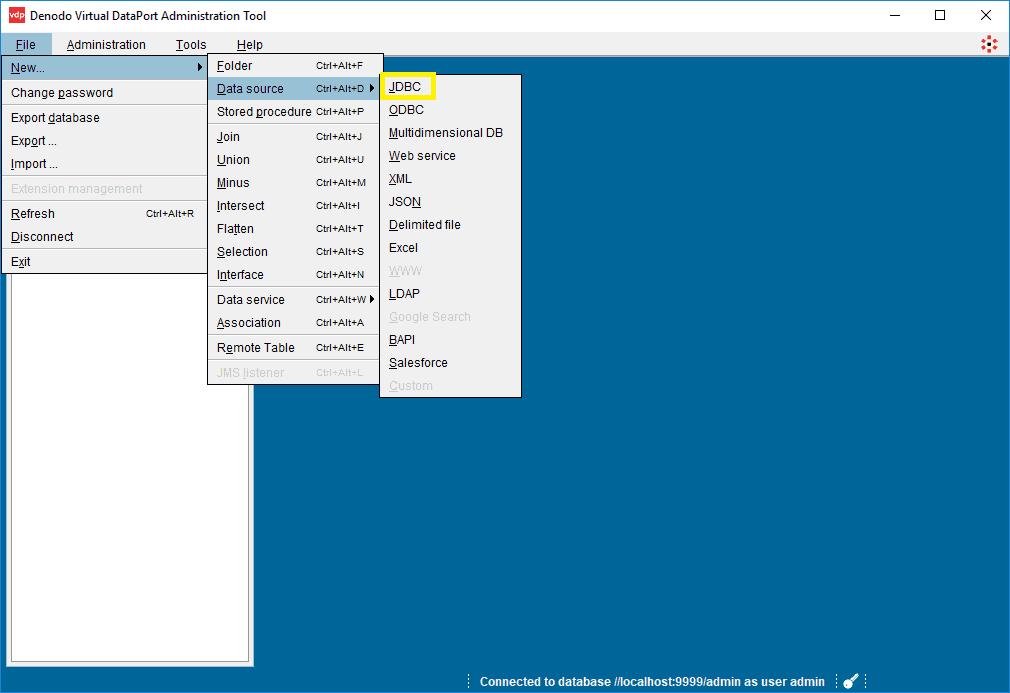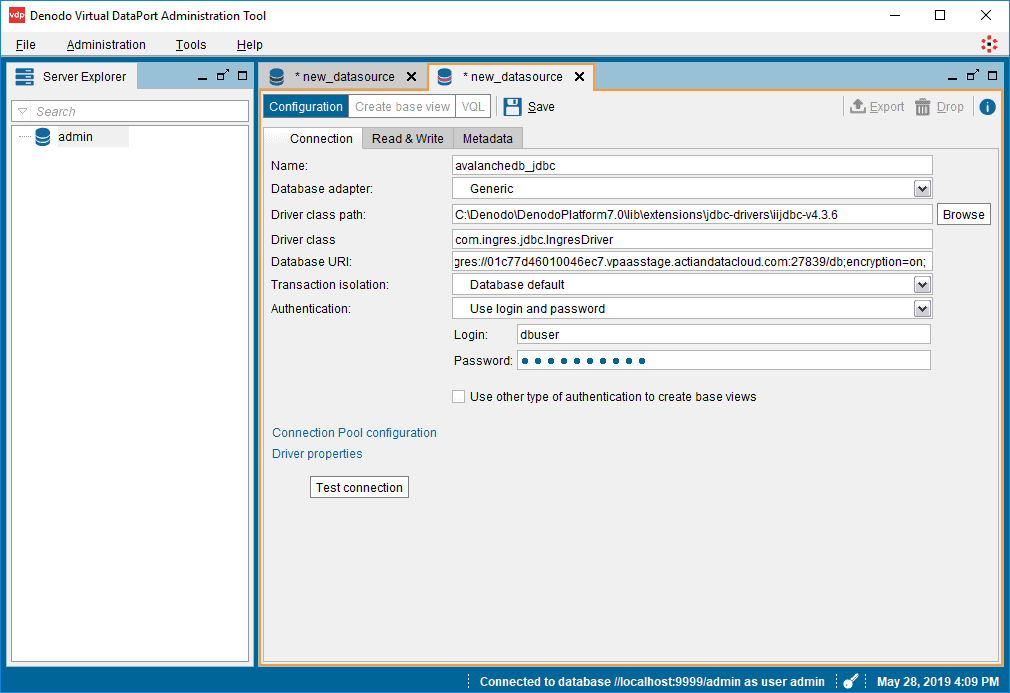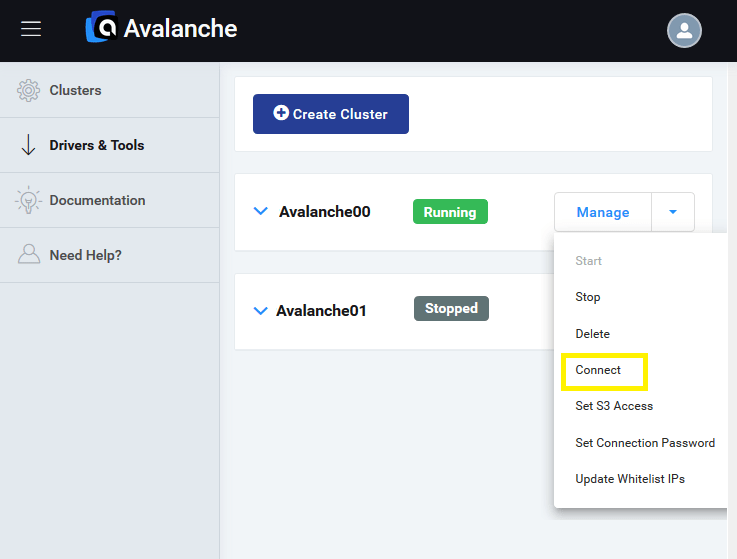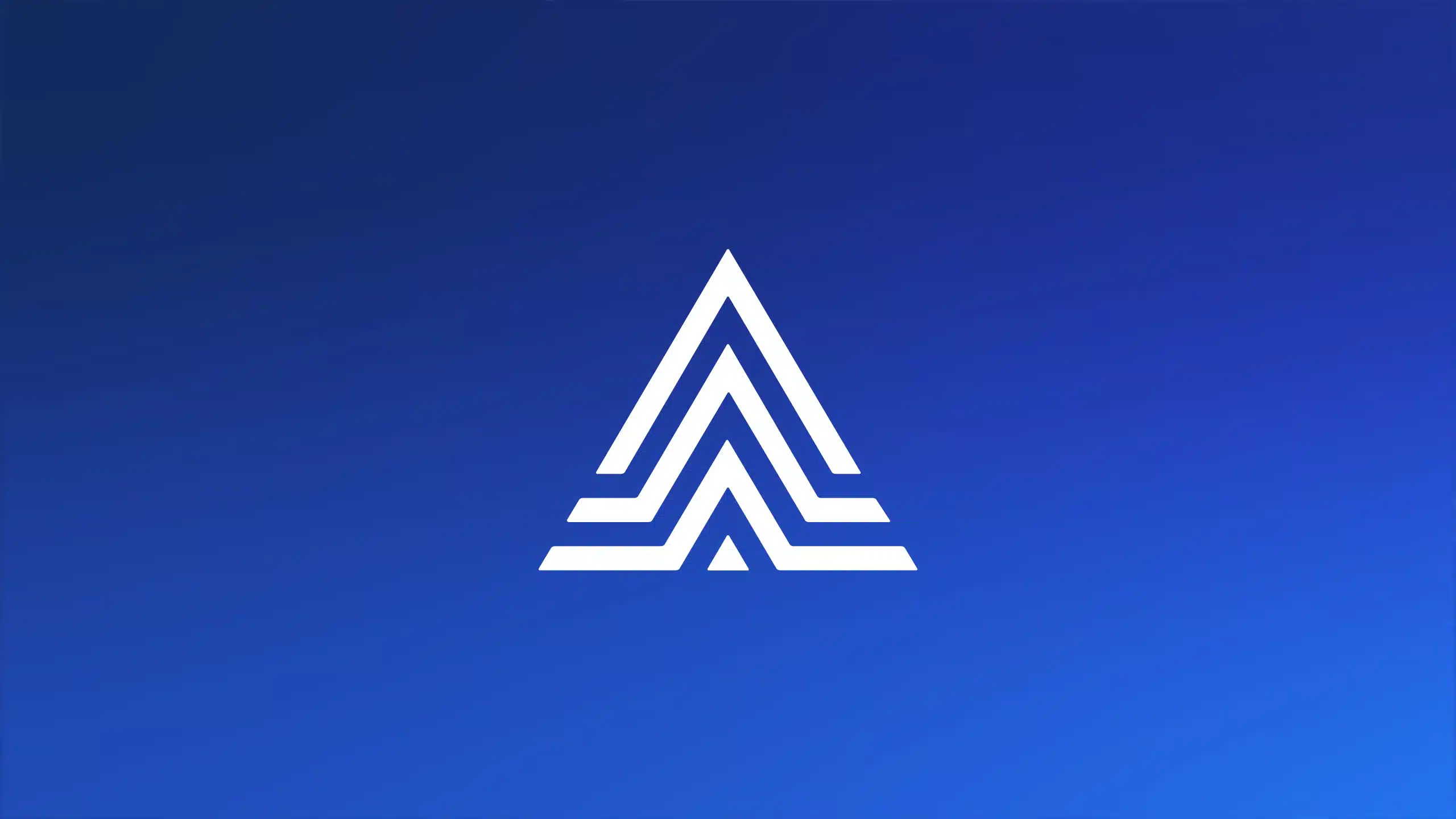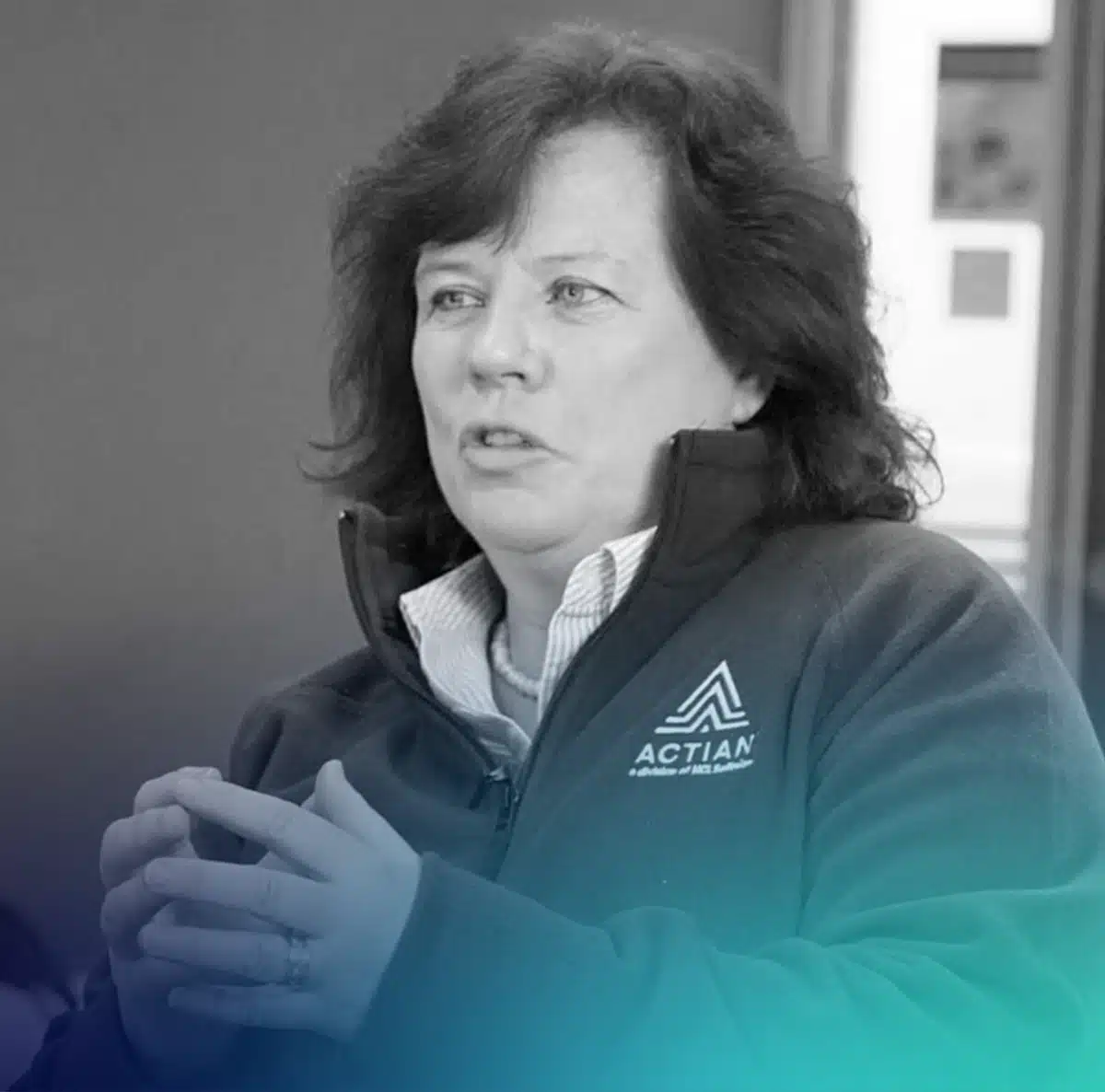Employee Spotlight: Marc Potter
Rae Coffman-Bueb
June 3, 2019

At Actian, we have outstanding employees from a variety of backgrounds. We believe that your life experiences make you the unique person you are today and influence what you bring to the amazing culture here. We have chosen to feature those incredible individuals with a blog post dedicated to them – I am pleased to introduce to you, our Employee Spotlight.
To kick off the series, we met with our new CRO, Marc Potter.
Growing up, Marc taught disabled children to ski – something he picked up from his father, an Olympic downhill skier and disabled ski instructor. Upon graduating college in 1992 from the University of New Hampshire, he moved to Vail Colorado to ski while he supported himself as a short-order cook at the top of Vail Mountain. When summer arrived, he moved to Park City Utah for mountain biking and then onto Wyoming to continue his chase for the perfect slopes. One day on the way to work in Jackson Hole Wyoming, he hit a cow with his car and broke the axle. When Marc later met his wife, he told her, “I was a ski bum that wanted to go find myself and what I found after 2 years is that I was broke and needed to find a job.”
Marc started his career as an Inside Sales Rep in IT network sales. From there, he grew to manage Sales and Operations for an office outside of Frankfurt, Germany. He later became the Director of Regional Sales and found himself moving back to the US, where he settled in Atlanta so that he could go to the Olympic games being held there that year. Which luckily, he did – since that is where he met his wife, Janeen! They had a daughter named Chloe in 2002 and planted roots in Atlanta, Georgia where he has continued to climb the leadership ranks in software sales. He was most recently VP of Sales at Oracle, before joining us here at Actian. As Chief Revenue Officer, Marc brings over 20 years of enterprise sales and leadership experience in information technology. To put it in Marc’s own words;
“I’m excited about the opportunity to lead the Actian sales team through this transition from on-premises solutions to a market-leading Cloud company. Our customers are on this same Cloud journey and looking for a data-driven technology company that can deliver price and performance at enterprise scale. I look forward to working as a team to become the market leader in Cloud data management and analytics.”
In his free time, Marc enjoys golfing and spending time with his family on the lake. His biggest passion is volunteering in his community and specifically working with Habitat for Humanity.
We couldn’t be more excited to have Marc join the Actian family!
Subscribe to the Actian Blog
Subscribe to Actian’s blog to get data insights delivered right to you.
- Stay in the know – Get the latest in data analytics pushed directly to your inbox.
- Never miss a post – You’ll receive automatic email updates to let you know when new posts are live.
- It’s all up to you – Change your delivery preferences to suit your needs.
Subscribe
(i.e. sales@..., support@...)










